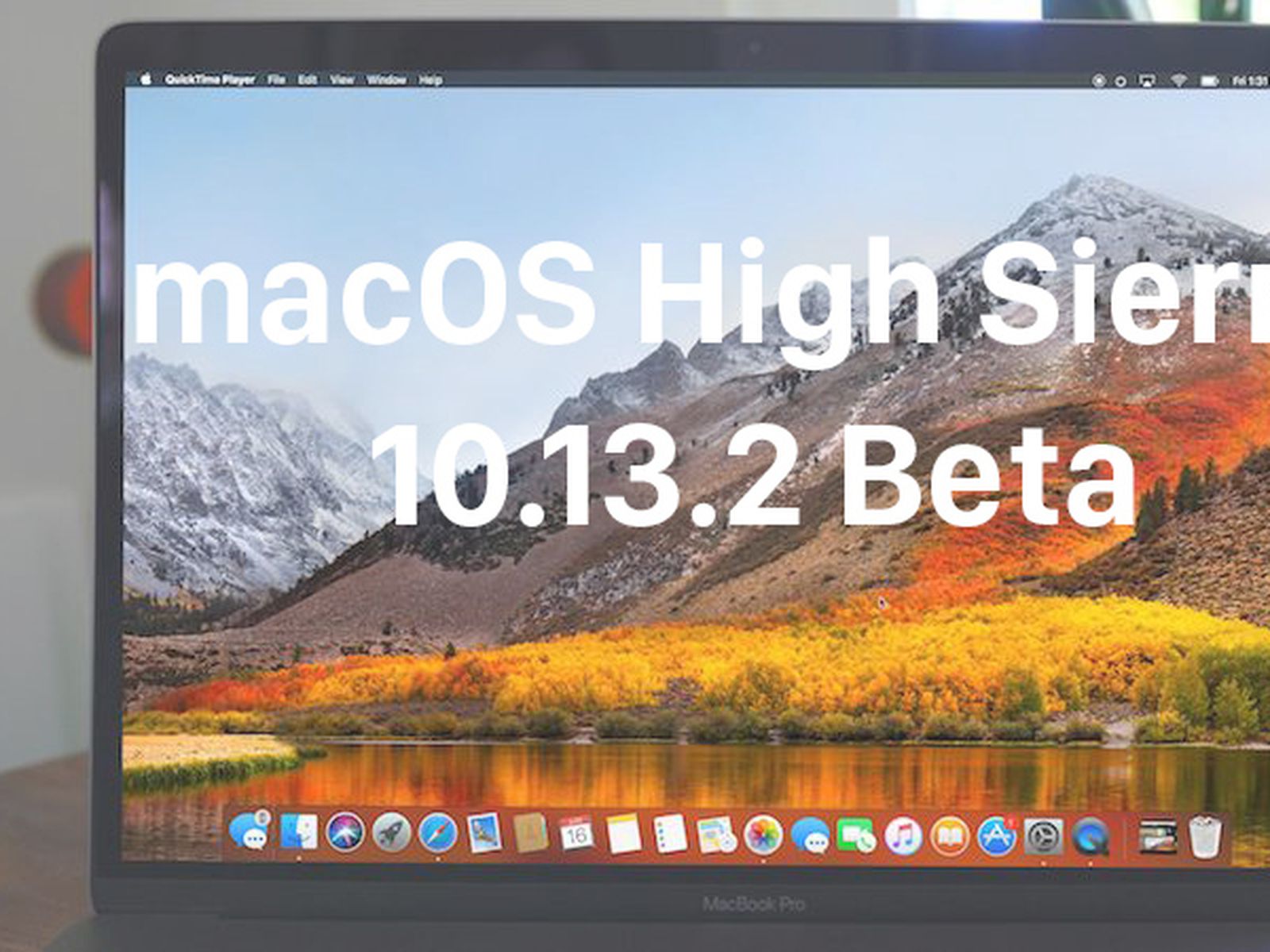
Most coverage of macOS Catalina focuses on the improvements since Mojave, its immediate predecessor. According to Apple, macOS Mojave supports: MacBook (Early 2015 or newer) MacBook Air (Mid 2012 or newer). While most pre-2012 officially cannot be upgraded, there are unofficial workarounds for older Macs.
#SHOULD I INSTALL MAC OS HIGH SIERRA SOFTWARE#
Is macOS High Sierra good in 2020?Īs a result, we are now phasing out software support for all Mac computers running macOS 10.13 High Sierra and will end support on December 1, 2020. If you plan to run a lot of older programs that don’t have 64-bit versions, then High Sierra is probably the right choice. If you’re an iPhone or iPad user, then you may want to consider Mojave for the increased compatibility with iOS.
#SHOULD I INSTALL MAC OS HIGH SIERRA UPGRADE#
If you’re a fan of dark mode, then you may well want to upgrade to Mojave.

In early February, a severe security flaw was discovered in macOS. Not only that, but the campus recommended antivirus for Macs is no longer supported on High Sierra which means Macs that are running this older operating system are no longer protected from viruses and other malicious attacks. What happens when high Sierra is no longer supported? As a result, we are phasing out software support for all computers running macOS 10.12 Sierra and will end support on December 31, 2019. Sierra was replaced by High Sierra 10.13, Mojave 10.14, and the newest Catalina 10.15. If your computer is running macOS 10.13 High Sierra or older, it will need to be updated or replaced to continue receiving security updates, as well as updates and new features for commonly used applications (such as the Microsoft Office 365 suite and Teams). There are still a ton of places that need improvement - especially when it comes to Apple’s own apps. It’s a solid, stable, functioning operating system, and Apple is setting it up to be in good shape for years to come. High Sierra is far from Apple’s most exciting macOS update.




 0 kommentar(er)
0 kommentar(er)
